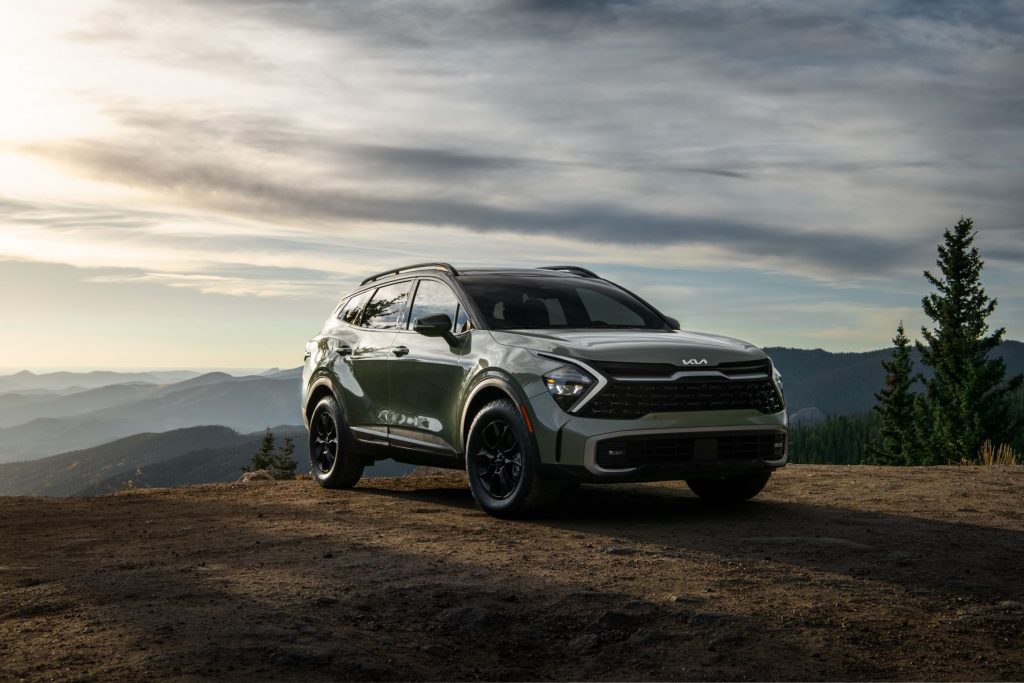

Because of this model, crossover utility vehicles (CUVs) have a driving experience that is more akin to that of standard automobiles. In this configuration, the frame and the body of the vehicle are constructed concurrently as a single unit.


On the other hand, crossover utility vehicles, more commonly referred to as crossovers, are built using a model of construction known as a single body. This will typically result in a decrease in the SUV's overall fuel economy. In the case of the Expedition, the sport utility vehicle (SUV), the passenger capacity can reach up to eight, and it has a towing capacity of 9,500 pounds.Īlthough this setup makes the SUV a more powerful car, it also makes it heavier than standard automobiles because of the additional components. There are still SUVs on the market, such as the Ford Expedition, that are built using this platform. On top of that, the design model made the SUV more robust and suitable for off-road driving, hauling, and towing, all of which were made easier by the vehicle. The design model was utilised by automobile manufacturers so that sport utility vehicles (SUVs) could feature increased cabin space in comparison to standard vehicles. The chassis of the vehicle and the body are constructed independently before being joined together in a body-on-frame configuration. SUVs typically have a body-on-frame construction, and they can have either four-wheel drive or rear-wheel drive depending on the model. Despite the fact that the design of vehicles is constantly evolving, making it more difficult to apply this distinction, it is, nonetheless, the primary distinction.Įarlier iterations of automobile design consistently derived their sport utility vehicle (SUV) models from pickup truck architecture. The primary distinction between a crossover utility vehicle (CUV) and a sport-utility vehicle (SUV) lies in the construction of the two types of vehicles. The two kinds of vehicles do share some similarities. There is a distinction between the two types of vehicles, despite the fact that automobile manufacturers often use the terms interchangeably. One such challenge is distinguishing between a sport utility vehicle (SUV) and a crossover utility vehicle (CUV). It is becoming increasingly difficult to determine which category a specific vehicle belongs in due to the fact that vehicle designs are constantly being updated and markets continue to consolidate. The majority of available SUVs are either midsize or full-size models, but there is still a small but reliable selection of conventional SUVs available for those who have a greater thirst for adventure. This is true not only among families with children but also among singles and people without children. It is anticipated that automakers will offer as many as 150 distinct models across the industry by the year 2020.ĬUVs are currently dominating the market in terms of sales, particularly in the midsize, compact, and subcompact categories. It is possible that they will soon outnumber them in the market for new vehicles. The sales of SUVs and CUVs have surpassed those of traditional passenger cars in recent years. SUVs were once largely limited to tradespeople and outdoor enthusiasts. However, they were largely supplanted by car-based crossover SUVs (CUVs) after the turn of the century due to their more easygoing road manners and improved fuel economy. Rough-and-tumble truck-based sport-utility vehicles (SUVs) emerged as the rides of choice for the nation's families in the 1990s. Service Body Mechanical Trade Solutions.Service Body Electrical Trade Solutions.Service Body Canopy Tech Trade Solutions.


 0 kommentar(er)
0 kommentar(er)
